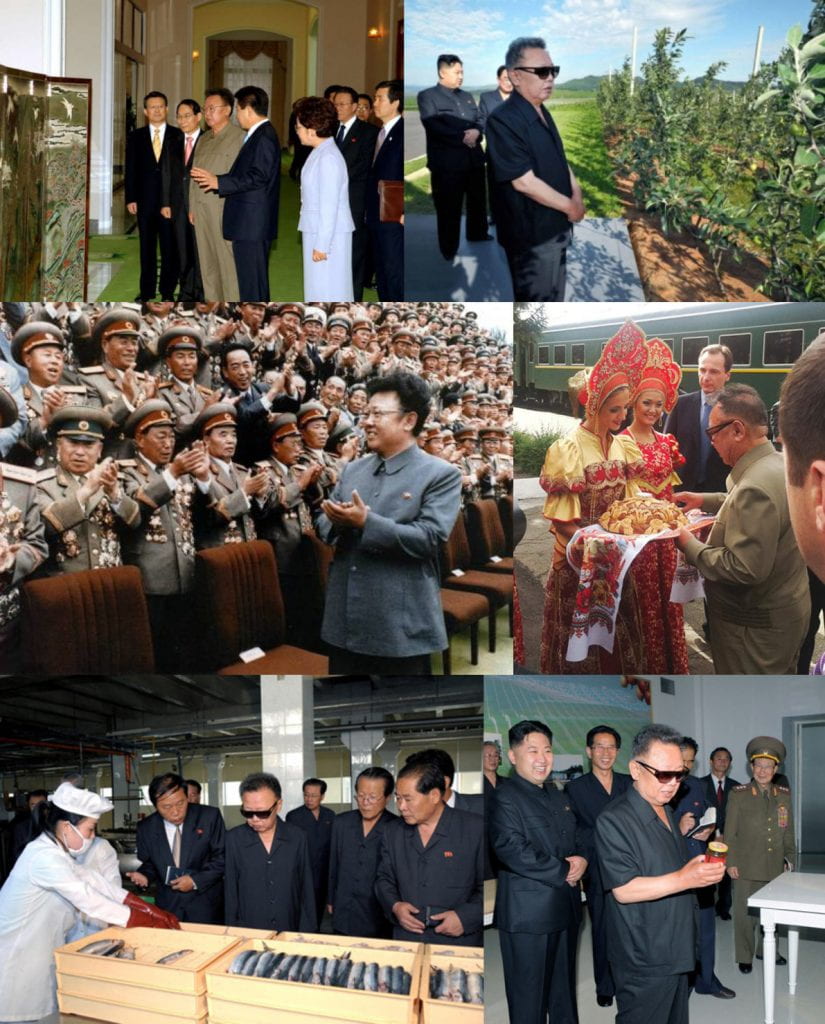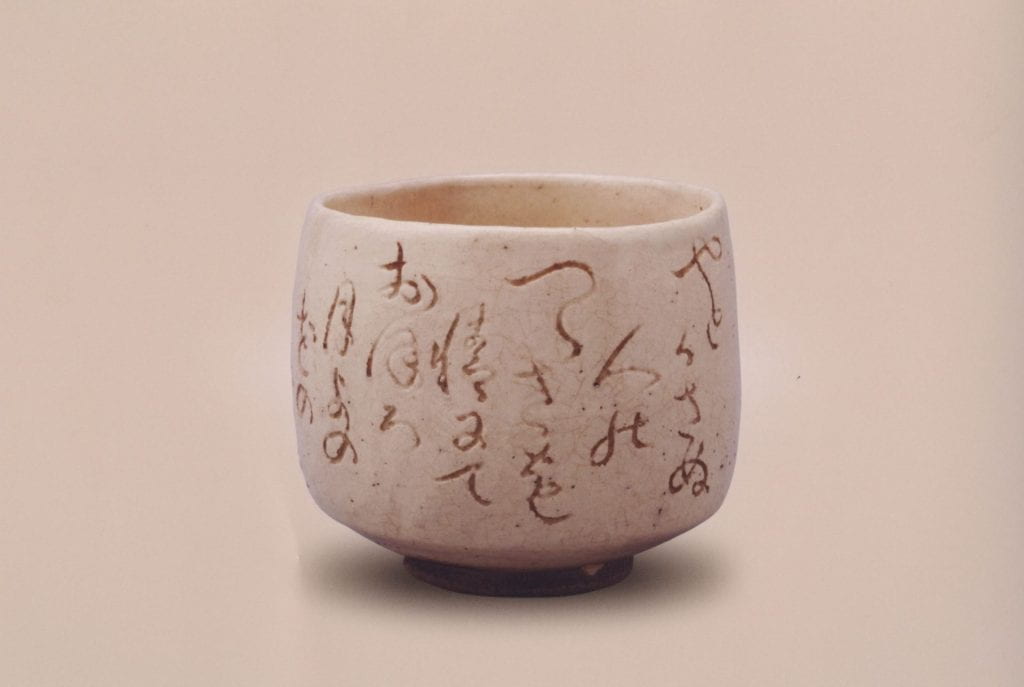Speaker: Sooa Im McCormick (Curator of Korean Art, Cleveland Museum)
“Korean Paper, a Trendy Item in Late Ming Literati Circle“
Discussant: Yoon-Jee Choi (PhD student, Department of Art History)
Wednesday, June 2nd, 2021
4:45 – 6:45 pm CST, Zoom meeting (please find the registration link below)
Abstract:
Any wars result in, not to mention significant loss of life, economic destruction, and human dislocation, but also opportunities for unexpected cultural and material transfers. Korean papers of variety including Mirror Surface Paper 鏡面紙, White Silky Paper 白綿紙 were among stable tributary gifts to the Ming imperial court, but during the Japanese invasion (1592-1598) they were increasingly demanded than before. These imported Korean papers were not exclusively used in the imperial court, but soon gained a new life as a trendy commodity when it entered the circle of leading literati artists such as Dong Qichang.
By locating Korean paper in the material world of late Ming-period literati artists, this research attempts to uncover how gift-exchange in a tributary system between China and Korea fashioned new artistic identities of Korean paper, to examine what materialistic features of Korean paper led late Ming artists to involve it in their artistic endeavors, such as the case of Dong Qichang’s River and Mountains on a Clear Autumn Day 江山秋霽圖 in the collection of the Cleveland Museum of Art, and finally to highlight the role of Korean imports in Chinese visual and material culture.
 Dong Qichang 董其昌, River and Mountains on a Clear Autumn Day 江山秋霽圖 (1624–27), Handscroll: Ink on Korean paper, Painting only: 38.4 x 136.8 cm, The Cleveland Museum of Art.
Dong Qichang 董其昌, River and Mountains on a Clear Autumn Day 江山秋霽圖 (1624–27), Handscroll: Ink on Korean paper, Painting only: 38.4 x 136.8 cm, The Cleveland Museum of Art.
Zoom Registration Link:
https://uchicago.zoom.us/meeting/register/tJwrduiqqDoqGdOs4gbVEO7AQKb2sS5r_zz2
After registering, you will receive a confirmation email containing information about joining the meeting (Recently, Zoom confirmations also tend to be categorized as Spam. Please also check your spam box for the confirmation email.).
++++++++++++++++++++++++++++
Dr. Sooa Im McCormick is Curator of Korean Art at the Cleveland Museum of Art. She holds a PhD from the University of Kansas and a Master’s degree from Rutgers University. Recently, she curated the exhibitions Interpretation of Materiality: Gold (4/30/2021-10/24/2021), as well as Gold Needles: Korean Embroidery Arts (3/8/2020-10/25/2020). While pursuing her curatorial career, Dr. McCormick remains active as a cutting-edge scholar. Her publications include “Re-Reading the Imagery of Tilling and Weaving of Eighteenth-Century Korean Genre Painting in the Context of the Little Ice Age,” in Anthology of Mountains and Rivers (without) End: Eco-Art History in Asia (Cambridge Scholars Publishing, 2019) and “The Politics of Frugality: Environmental Crisis and Eighteenth-Century Korean Visual Culture,” in Forces of Nature (Cornell University Press, 2022).
Yoon-Jee Choi is a PhD student whose research revolves around material culture and inter-regional influence within East Asian art history, particularly concentrating on the latter half of Joseon Dynasty and modern Korean art history. She received her BA in Division of International Studies and History of Art from Ewha Womans University. She has completed her coursework for her MA in History of Art and is currently working on her thesis on Korean monkey paintings during the late Joseon Dynasty. She has interned for the National Museum of Korea and worked as a research assistant for the Asian Museum Institute in Seoul. Her current interests lie in Korean paintings that reflect diverse foreign interactions during the late 19th century.







